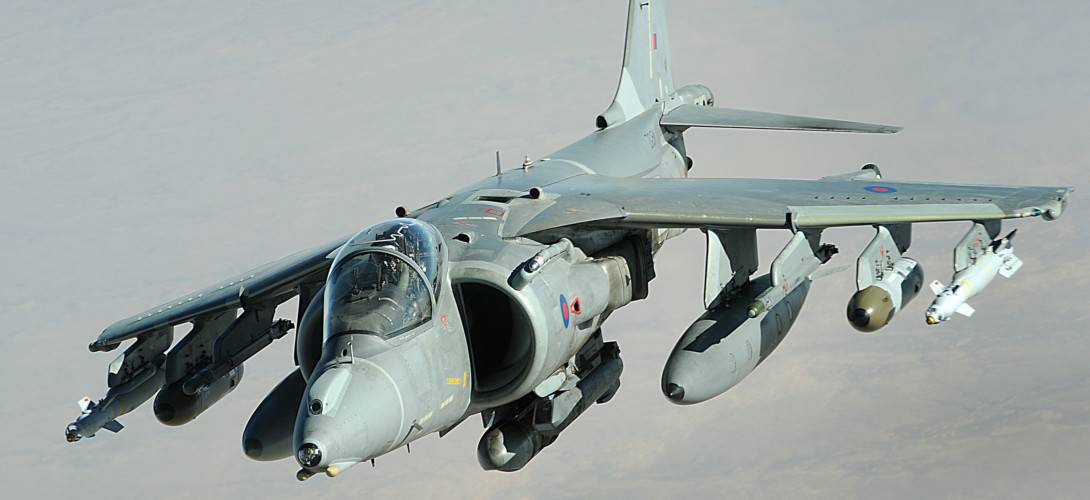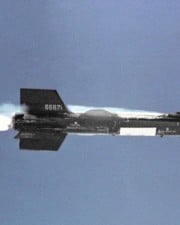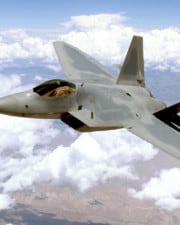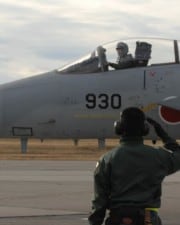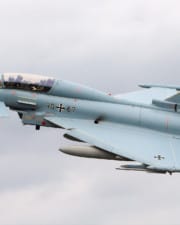From Sopwith Camels to Spitfires to today’s supersonic jets, from dogfights over Flanders to the Battle of Britain and beyond, the Royal Air Force (RAF) has time and again come flying to the rescue in Britain’s time of need.
One of the oldest and most storied air forces in the world, the history of the RAF can be seen as a microcosm of the story of the United Kingdom itself over the past century plus.
The First World War saw the first real aerial combat in war, and British biplane fighter pilots were among the first to engage in that airborne battle for supremacy.
The RAF saved the day during the Battle of Britain, holding their own against Hitler’s Luftwaffe throughout the heaviest bombing runs of the Blitz, helping to save the United Kingdom, the Allies, and the world from Nazi conquest.
The years following the Second World War were difficult, from economic decline to the breakup of the British Empire to the trauma of the Falklands War.
Even so, for all its tradition, Britain has reinvented itself and risen again time after time. Today, Britain remains a member of the North Atlantic Treaty Association (NATO), shares the Special Relationship with the United States, and is one of the strongest and most vibrant countries on Earth.
The RAF and Royal Navy are symbols of that, so let’s take a look at the fighter jets that are and were the pride of the British armed forces.
1. Eurofighter Typhoon
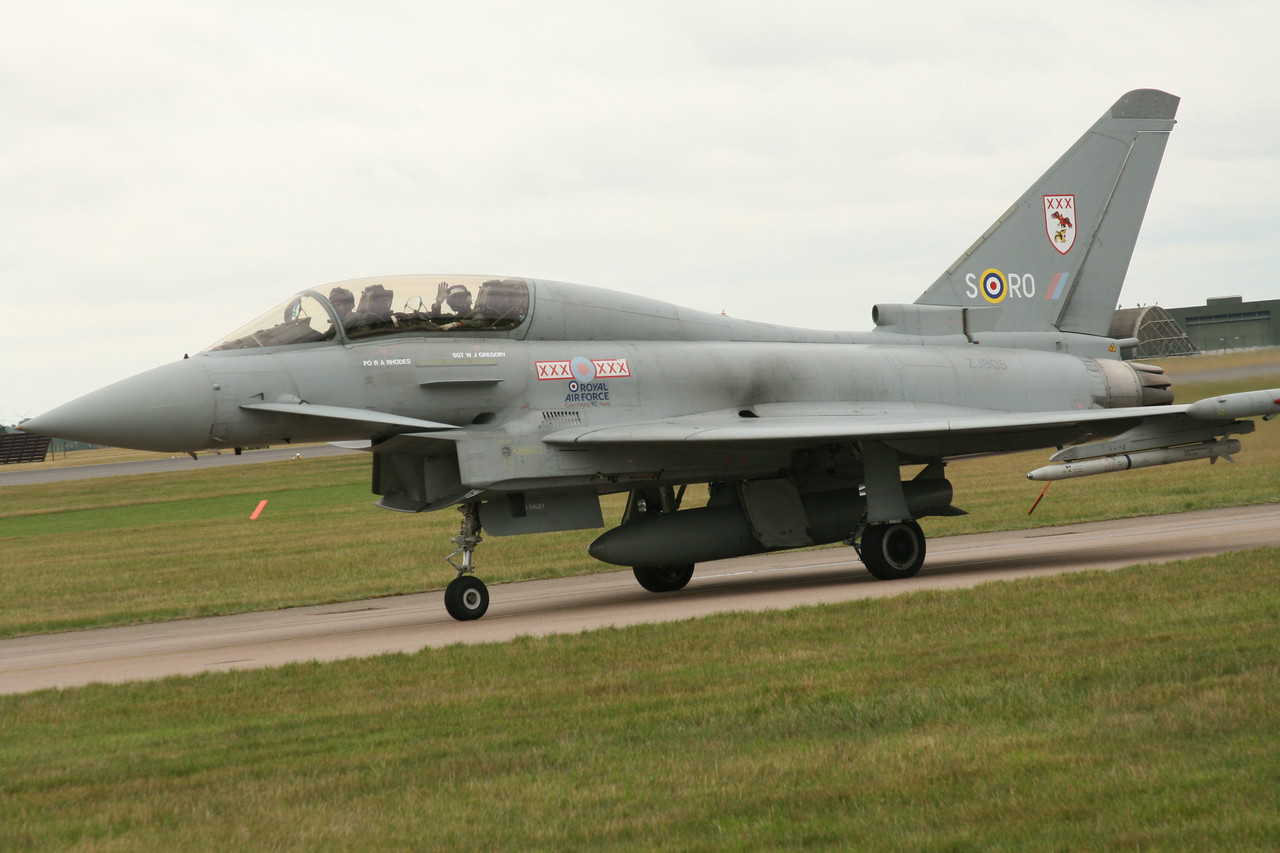
As alluded to above, the RAF has gone through several primary fighter jets in its history, from the famed Sopwith Camels and Spitfires to the Harrier jets we’ll cover later. Today, the primary fighter jets of the RAF are the Typhoons.
Introduced by the RAF in 2003, the Typhoon is a twin-jet fighter that is also employed by the German, Italian, and Spanish Air Forces. It is a multirole fighter capable of everything from dogfights to ground engagements, with air superiority being its primary focus.
It was first used in combat in 2011, carrying out ground strikes during the United Kingdom’s engagement in the Libyan Civil War. However, its usage in anti-ISIS strikes has been limited due to its limited ground engagement capabilities, which led to the Tornados’ retirement being delayed, as described below.
2. Panavia Tornado

First built in 1974, these were the Royal Air Force fighter jets that the UK deployed as part of Coalition forces’ efforts against Saddam Hussein in the Gulf War in 1991.
As with the Typhoon, they were also produced for Italy and Germany, the latter of which employed them as part of NATO engagements later in the 90s during the Yugoslav Wars.
It was due to be retired in the 2010s, but those plans were forced to be delayed after the rise of the Islamic State of Iraq and Syria (ISIS). The RAF deployed the Tornados to carry out strikes against ISIS at various points from 2014 to 2018.
In 2018, nine Tornados performed a flyby over London to celebrate the centenary of the Royal Air Force, and the venerable fighter jets were finally retired in April of 2019.
3. Lockheed Martin F-35B Lightning II

One facet of the Special Relationship between the United Kingdom and the United States is the close military alliance they share, and that includes military aircraft such as these. The F-35B Lightning II is a variant of Lockheed Martin’s F-35 originally produced for the United States Air Force.
The Lightnings (as they are referred to by the RAF) were replacements for the aforementioned Tornados as well as the British version of the Aerospace Harrier II. They are single-engine, single-seat fighters designed for stealth, air superiority, and air-to-ground combat.
These fighter jets are also designed to be able to land and be deployed from aircraft carriers, and the Lightnings accomplished this for the first time as RAF planes in October of 2019, embarking on the HMS Queen Elizabeth.
All of this helps make the F-35 one of the more versatile planes today.
4. British Aerospace Hawk
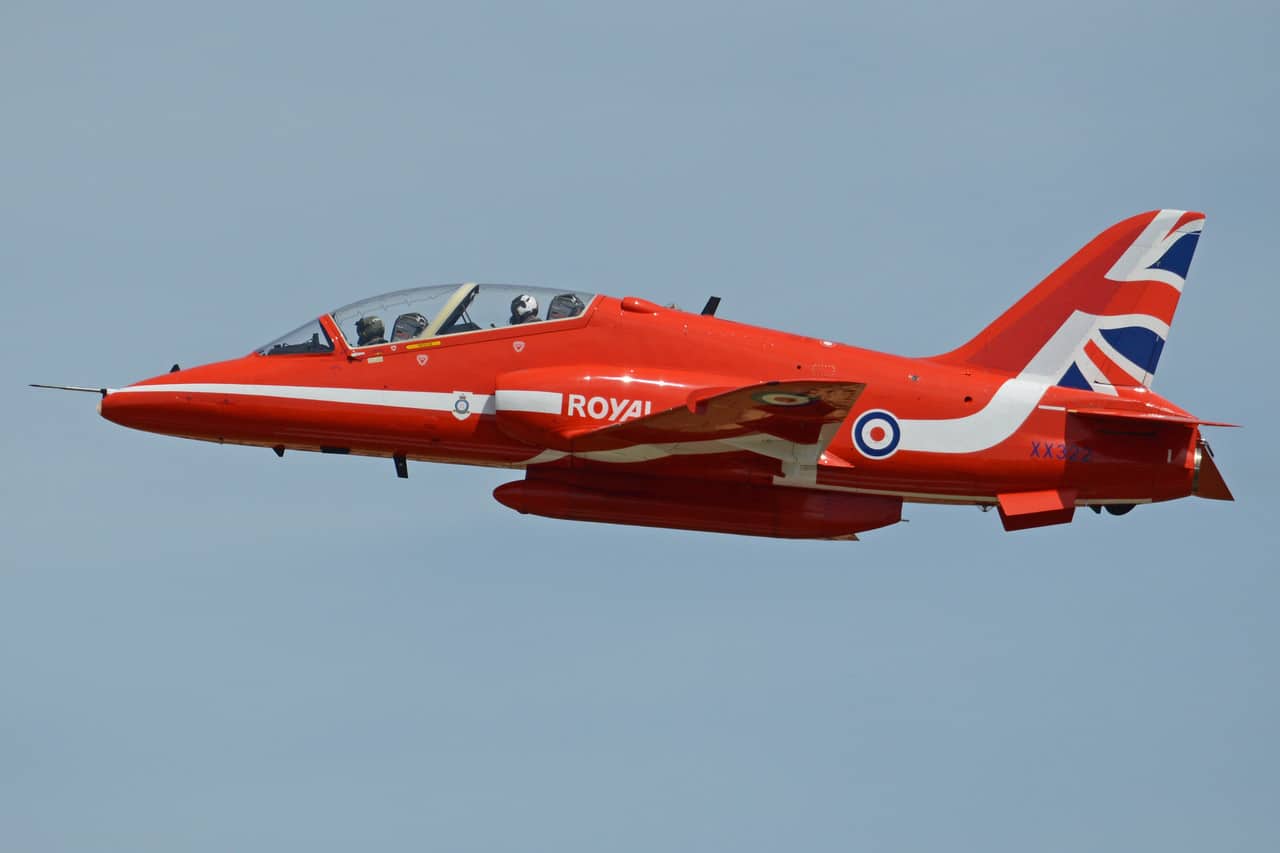
This jet has two variants, the T1 and T2, with both still in service and the latter still serving as one of the most advanced trainer fighter jets employed by the RAF.
While they are not used as combat planes, simulated combat missions are among its training regimens. They are also the aircraft of choice of the Red Arrows, which are the RAF’s aerobatic team.
The life span for these planes has already been long already, and with the Ministry of Defence setting a target date to retire the T1 by 2030, they should remain in service for some years to come.
5. Folland Gnat
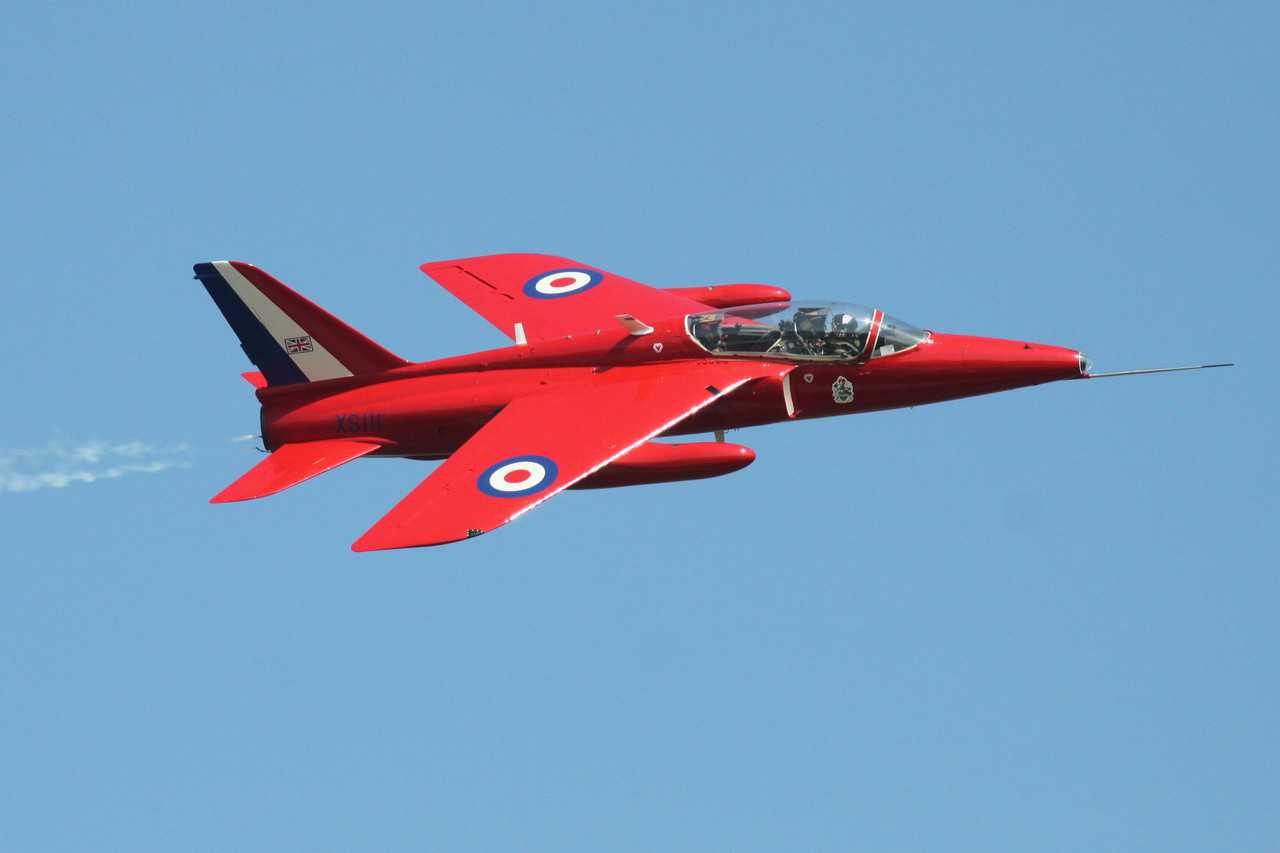
These are the jets that the British Aerospace Hawk T1s and T2s replaced when they first came into service. They were first introduced in 1962 and were retired by the Royal Air Force in 1979 when there were enough Aerospace Hawks.
Throughout their history with the Royal Air Force, they were never used as combat jets, instead being used primarily as trainer planes. Even so, they were used in combat situations by the Indian Air Force, which used them in two wars with Pakistan.
The 1965 and 1971 Indo-Pakistan Wars saw them in combat against Pakistan’s Canadair Sabres, another aircraft with RAF history. The Gnats bested the Sabres on several occasions, contributing significantly to the Indian effort.
6. Harrier Jump Jet

The Harrier family of jets has been a fixture in the Royal Air Force for decades, and it all began with this offering from British manufacturer Hawker Siddeley, which went defunct in 1977.
Even so, since its introduction in 1969, the Harrier jets have been used by generations of aspiring pilots. While it may be difficult to handle by today’s standards, back then it was designed with convenience in mind, such as being able to land away from airbases and on aircraft carriers.
In addition to the RAF, the United States Marine Corps as well as the Indian Air Force purchased Harrier Jump Jets, with the craft now being retired from military use by all parties.
7. British Aerospace Sea Harrier
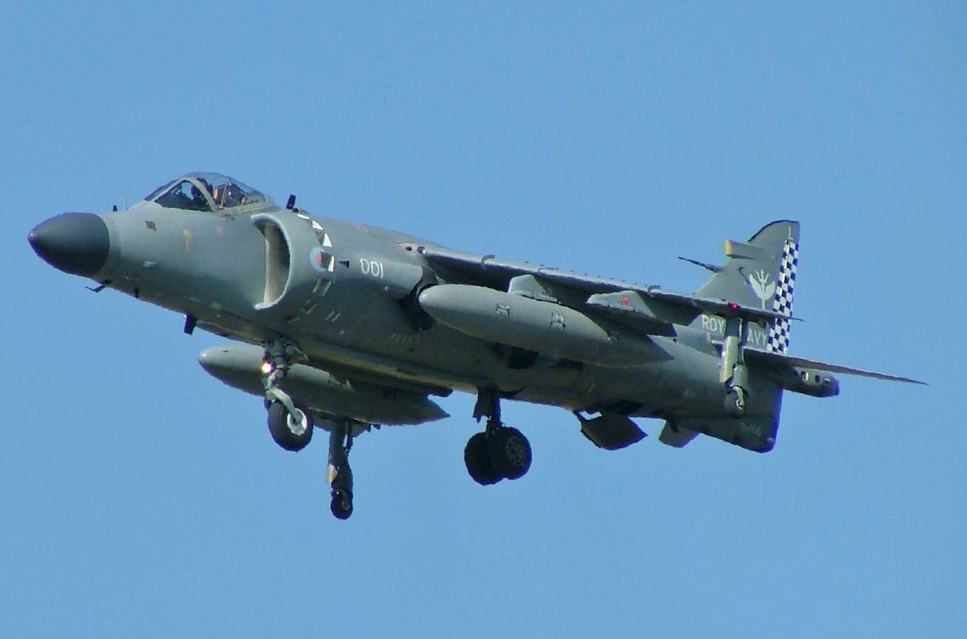
The successor to the first wave of Harrier jets, the Sea Harriers were operated by the Royal Navy. As such, they were capable of taking off from and landing on aircraft carriers.
They saw usage in combat during the Falklands War. Sea Harriers took off from the HMS Hermes as well as the HMS Invincible, where they were incredibly effective against Argentine aircraft, downing many opponents while suffering no air combat losses.
HMS Invincible again launched Sea Harriers for combat usage during NATO’s involvement in the Yugoslav Wars. They were also sold to the Indian Navy. The Royal Navy retired the craft in 2006, and the Indian Navy followed suit a decade later.
8. British Aerospace Harrier II
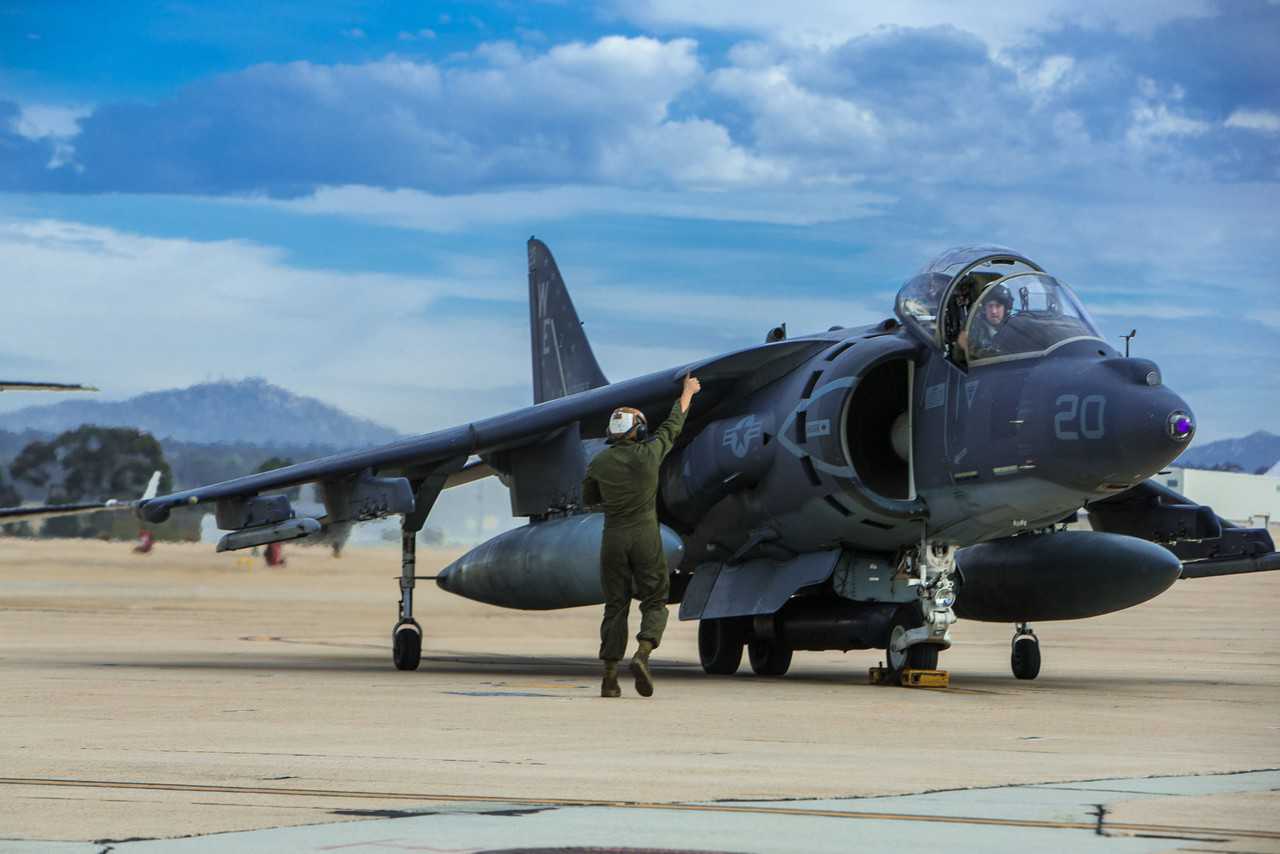
Used by the RAF and, for a few years, the Royal Navy, this Harrier debuted in 1985 with the intent of being primarily used for tactical strikes and close aerial support missions.
Work was done on the craft in cooperation with US manufacturer McDonnell Douglas. When Hawker Siddeley went defunct in 1977, its assets were absorbed into British Aerospace, which continued work on the aircraft.
The Harrier II was used to patrol no-fly zones, but did not serve in combat. The fighter jet was yet another British fighter jet to see action during NATO involvement in the Yugoslav Wars, assisting with precision-guided strikes in Bosnia.
The Indian Air Force has employed the Harrier II as part of a peacekeeping force. It was deployed in combat in 1999 against Pakistan during the Kargil War, in which it was used to drop laser-guided bombs.
9. SEPECAT Jaguar
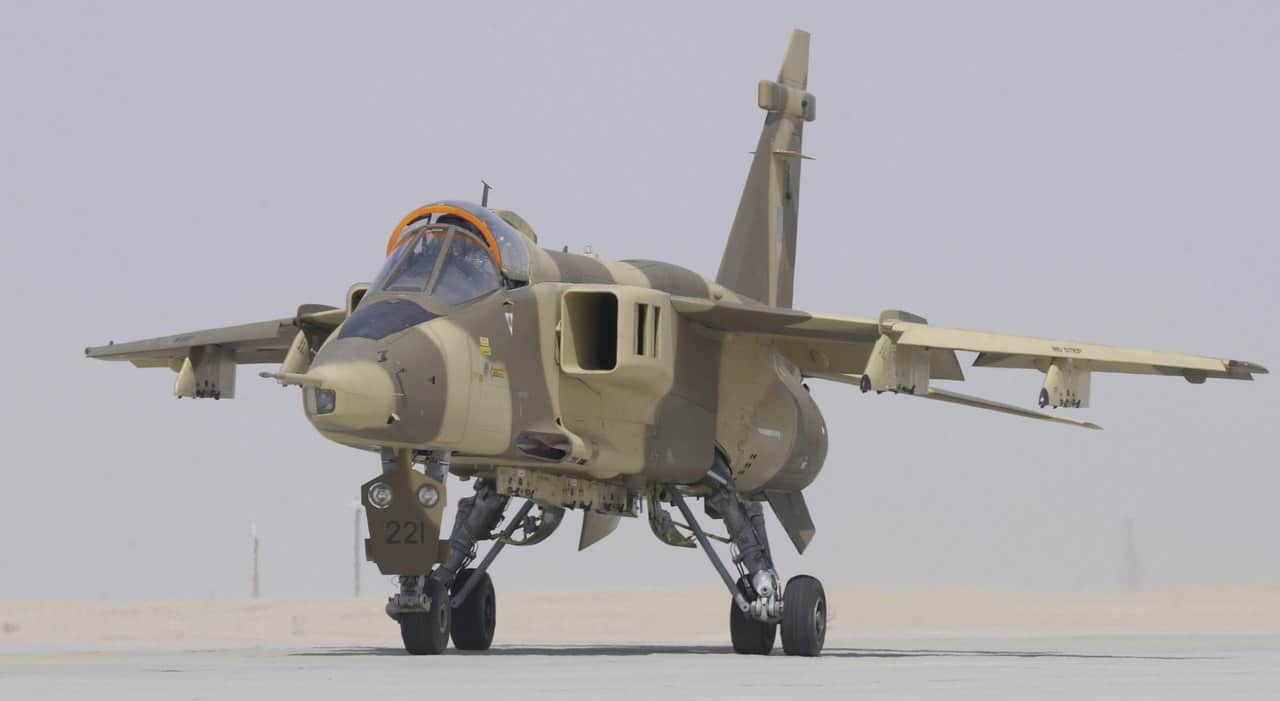
Also in use during those airstrikes in Bosnia was the SEPECAT Jaguar. It debuted in 1973 and it was made for the Royal Air Force as well as the French, Oman, and Indian Air Forces, the latter of which still employs the craft.
The Jaguar was used by French and British forces as part of the Coalition during the Gulf War. These forces employed them again as part of the NATO forces in the Yugoslav Wars, flying dozens of missions.
The British squadron that carried out the Bosnian strikes in 1995 became the first British planes to conduct a bombing run in Europe since the end of the Second World War.
10. Tempest

“Brave new world that has such people in’t!” Miranda’s famous remark from The Tempest, is all too fitting here. Shakespeare’s play and strong weather storms for which it’s named (and for which the British Isles are famous for) lends their name to this glimpse at the future of the RAF.
The Ministry of Defence, BAE Systems, Rolls-Royce, and other prominent British companies and entities are involved in the development. What’s more, Britain isn’t the only country involved in this conceptual aircraft. Sweden and Italy have thus far also signed on to work on Project Tempest.
Project Tempest aims to build the British fighter jet of the future – even if we won’t see this “brave new world” of British military aviation in action until at least 2035.
